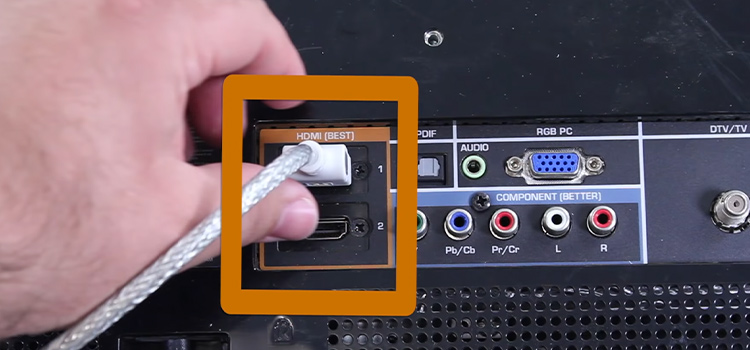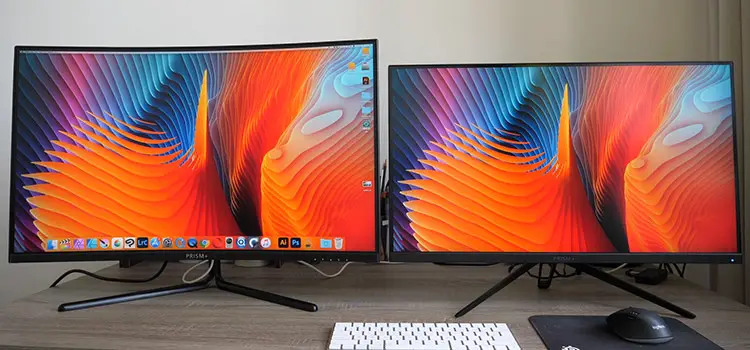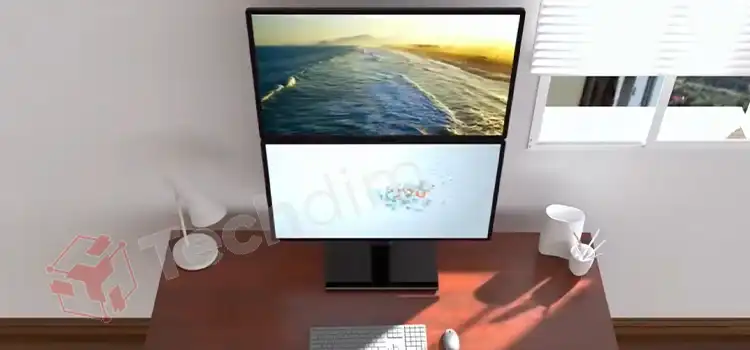Is PCIe 3.0 Backwards Compatible With 1.0? | Let’s Find Out
In general, when you look for backward compatibility of motherboard components or peripherals, you’ll hardly find any of them. For example, the RAM is not backward compatible, you can’t use DDR4 RAM in a DDR3 RAM slot. But when it comes to PCIe (Peripheral Component Interconnect Express), you will find exceptions there.
Now your curious mind pushing to dig out the answer to the question of whether the PCIe slot has backward compatibility or not. In short, yes. You can use a PCIe 3.0 peripheral in a PCIe 1.0 slot or vice versa.
In today’s article, we have discussed the compatibility of the PCIe slot and the drawbacks of backward compatibility. To find them out, you’ll need to walk through the entire article. So, without any ado, let’s begin.

Does PCIe 3.0 have Backward Compatibility: Use PCIe 3.0 in PCIe 1.0
The backward and forward compatibility has made the PCIe slot and card unique from the other slots on the motherboard. You can easily use a PCIe 1.0 card in a PCIe 4.0 slot and also can use PCIe3 in the PCIe 1.0. They can fit quite easily and function properly.
Though you may have found a performance drop while using a PCIe 3.0 card in a PCIe 1.0 slot. And when you are using it, make sure that the physical length must match or you won’t be able to use them there. For example, a PCIex16 allows a PCIex16 card, e.g., a graphics card.
Another thing you will need to do when you are attaching a PCIe card to the PCIe lanes; you will need to determine the speed to make the signaling rate sustainable. For this, you will need to perform Link Speed Negotiation.
Pros and Cons of Using PCIe 3.0 in PCIe 1.0
When you are using a backward compatibility feature there you will have advantages as well as disadvantages. Let’s find out the Pros and Cons of the backward compatibility feature or using PCIe 3.0 in PCIe 1.0.
Pros
When you can use PCIe 1.0 version slot for PCIe 3.0 version card, that means you won’t need to change your entire system and you can save your pocket there. Basically, when you are willing to upgrade your RAM or CPU, you will need to change the entire motherboard to match up the slots.
Here the backward compatibility features save money to do so. And when you are getting the chance of saving your money, that is the biggest advantage that can get.
Cons
The only cons you will face when you will use a higher version’s PCIe card for a lower version’s PCIe slot is performance drop. Because you won’t get the expected outcome from the PCIe card that you have installed in the old version PCIe slot.
Here are the bandwidth speed differences between PCIe 1.0 and PCIe 3.0.
| Generation | Data Transfer Rate | Bandwidth x1 | Bandwidth x2 | Bandwidth x4 | Bandwidth x8 | Bandwidth x16 |
| PCIe 1.0 | 2.5 GT/s | 250 MB/s | 500 MB/s | 750 MB/s | 2 GB/s | 4 GB/s |
| PCIe 3.0 | 8.0 GT/s | 1 GB/s | 2 GB/s | 4 GB/s | 8 GB/s | 16 GB/s |
From the table, you can see the data transfer rate difference easily.
Also, we have provided a bar chart below that shows the difference in GPU performance. The chart shows the GPU performance when you use a PCIe 3.0 generation card in a PCIe 3.0 and 1.0 generation slot.

When you are using the Titan RTX PCIe 3.0 GPU in PCIe 1.0 generation slot, the benchmark score of the GPU is 89 whereas when you are using it in PCIe 3.0 slot, the score is 109.
FAQs (Frequently Asked Questions)
Can I put PCIe x16 in the x1 slot?
No, you can’t put that. Because the PCIex16 card is bigger than the x1 slot. So, you will need a PCIex16 slot to set up the PCIex16 card.
Can I use PCIe 4.0 in PCIe 2.0?
Yes, you can use PCIe 4.0 in PCIe 2.0 easily.
Will I get more performance if I use PCIe 1.0 in PCIe 3.0?
No, you won’t get any extra performance if you use PCIe 1.0 in PCIe 3.0. You will get the full performance and there won’t be any performance drop, that’s the only pros of using it.
Conclusion
The backward compatibility has made the PCIe superior to other slots and cards in the motherboard. It saves money and helps you upgrade your build quite easily. When you are buying a motherboard, make sure that have an updated generation of PCIe slots, it will help you to avoid any performance drop in the peripherals that you will use. Gracias!
Subscribe to our newsletter
& plug into
the world of technology





